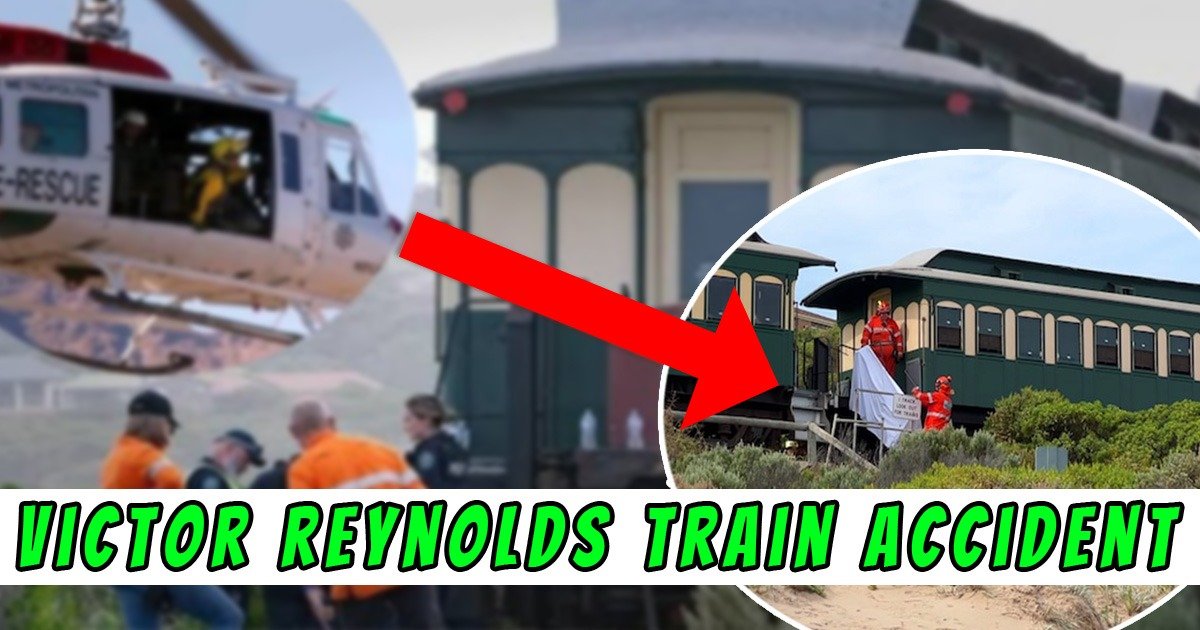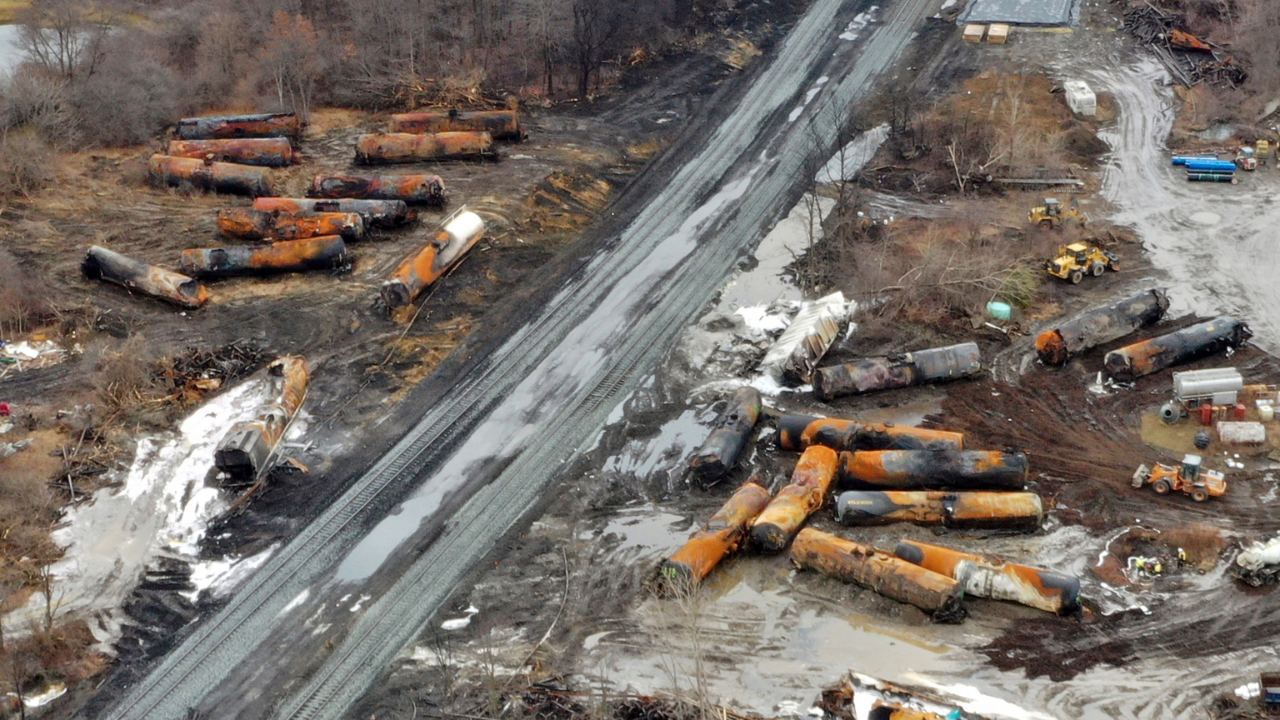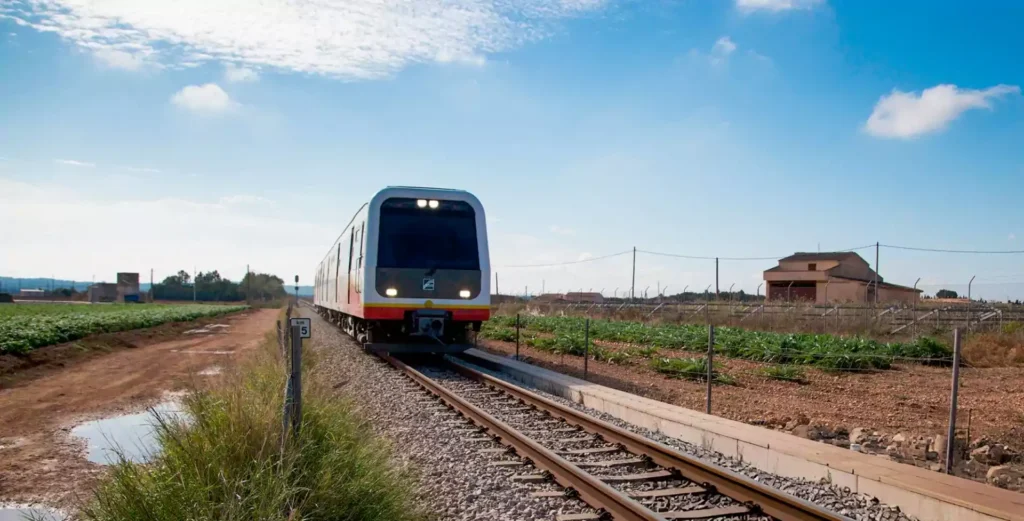Are railway accidents simply tragic occurrences, or are they stark reminders of systemic failures that demand immediate and comprehensive action? The Victor Reynolds train accident is a somber case study that forces us to confront the unsettling realities of railway safety and accountability.
The incident, which unfolded on April 7, 2024, in the desolate landscapes of Churchill County, Nevada, has ignited a firestorm of scrutiny and concern. Victor Reynolds was discovered severely injured beside the railroad tracks, his body dismembered, a horrifying scene that railroad workers stumbled upon. Deputy Nelson's subsequent ride on a train to reach the scene marked just the beginning of a series of dramatic events. The bodycam footage capturing the rescue efforts quickly went viral, drawing widespread attention to the dire circumstances and the heroic actions of those involved. However, amidst the commendation for Deputy Nelson's bravery, crucial updates on Victor Reynolds' condition remained conspicuously absent, leaving many questioning the focus and priorities in the aftermath of the tragedy.
| Victor Reynolds Biographical and Professional Information | |
|---|---|
| Full Name | Victor Reynolds |
| Date of Incident | April 7, 2024 |
| Location of Incident | Churchill County, Nevada, near railroad tracks |
| Circumstances of Discovery | Found dismembered beside railroad tracks by Union Pacific Railroad employees |
| Immediate Response | Deputy Nelson dispatched to the scene via train; bodycam footage went viral |
| Medical Evacuation Challenges | Airlift helicopter delayed by 35 minutes, exacerbating the urgency of the situation |
| Investigation Status | Comprehensive investigation launched to determine the root cause of the incident |
| Alleged Cause | Struck by a train |
| Impact | Became a focal point for discussions on railway safety and disaster management; spurred calls for improved safety measures |
| Related Incidents | Comparison drawn to the Bihar train derailment in 1981, highlighting the scale of potential railway disasters |
| Oversight and Accountability | The accident spurred public discussion about oversight mechanisms and accountability within the railway industry. |
| Source | Union Pacific Railroad Official Website |
The Victor Reynolds train accident has rapidly evolved into a pivotal point of discourse concerning railway safety protocols and the effectiveness of disaster management strategies. Authorities have initiated a thorough investigation, aiming to unearth the fundamental causes that led to this tragic derailment. The critical questions being asked are: What failures in the system allowed this to happen? What measures can be implemented to prevent similar incidents in the future? The stakes are undeniably high, as the answers will shape the future of railway safety standards and practices.
- Unlocking Brandis Storage Wars Secrets A Deep Dive More
- Did They Date The Truth About Matt Dillon And Diane Lane Romance Revealed
Initial findings suggest a confluence of factors contributed to the accident. A brake malfunction, compounded by human oversight during the maintenance process, has emerged as a primary cause. This revelation has triggered widespread concern about the adequacy of current maintenance procedures and the potential for human error within the system. The investigation seeks to determine the extent of these failures and to identify specific areas where improvements can be made.
The delay in the arrival of an airlift helicopter, a critical component of Victor Reynolds' survival, added another layer of complexity and urgency to the situation. The 35-minute delay underscored the logistical challenges and the extreme measures required to provide Reynolds with the necessary medical attention. This delay has prompted a re-evaluation of emergency response protocols and the need for more efficient and timely medical assistance in remote locations.
In the wake of the accident, immediate safety measures have been implemented, signaling a proactive response to the identified shortcomings. These measures include enhanced brake systems, improved track maintenance protocols, and stricter inspection procedures. The goal is to create a safer railway environment and to mitigate the risk of future accidents. However, the effectiveness of these measures will depend on their consistent implementation and rigorous enforcement.
- Explore Sally Struthers Impact Tv Activism Amp Why She Matters
- Breaking Down Barry Weisss Net Worth Facts Figures Unveiled
A significant accident, such as the Victor Reynolds train accident, has the power to reshape public behavior and attitudes towards transportation safety. Individuals are becoming more vigilant, paying closer attention to safety procedures, and expressing heightened concern about the reliability of infrastructure. This increased awareness can serve as a catalyst for positive change, driving demand for greater transparency and accountability within the railway industry.
The train crash that resulted in Victor Reynolds' death has become a rallying point for advocates pushing for improved safety measures in the railway industry. They argue that the accident exposed critical vulnerabilities in the system and that urgent action is needed to prevent similar tragedies from occurring. Their efforts are focused on raising awareness, lobbying for legislative reforms, and holding railway companies accountable for ensuring the safety of their operations.
The Bihar train derailment in 1981, which resulted in over 800 fatalities, serves as a grim reminder of the potential devastation of railway accidents. It remains the deadliest train accident in history, underscoring the importance of continuous vigilance and proactive safety measures. The Victor Reynolds accident, though smaller in scale, shares the same underlying theme: the need for constant improvement and unwavering commitment to safety.
The accident has sparked a broader public discussion about oversight mechanisms and accountability within the railway industry. Questions are being raised about the effectiveness of regulatory bodies and the extent to which railway companies are held responsible for safety lapses. The investigation into the Victor Reynolds accident is expected to provide valuable insights into potential future pitfalls, helping to inform policy changes and regulatory reforms.
Linda A., identifying herself as a concerned individual, expressed her condolences to the family of Victor Reynolds, highlighting the profound impact of the tragedy on the wider community. Her message reflects the shared sense of grief and the collective desire for justice and accountability. It also underscores the importance of recognizing and honoring the "wonderful heroes" who responded to the crisis.
The sequence of events leading to the discovery of Victor Reynolds paints a harrowing picture. Railroad employees working on a Union Pacific Railroad train noticed someone lying along the rails, seemingly in distress. Their prompt reporting of the incident triggered the emergency response, highlighting the critical role of frontline workers in identifying and responding to potential disasters. The details surrounding this initial discovery remain a subject of intense scrutiny, as investigators seek to piece together the events that led to Reynolds' injuries.
The accident serves as a stark reminder of the inherent risks associated with railway operations and the critical importance of proactive safety measures. As investigations continue and new information emerges, the focus remains on preventing similar tragedies from occurring in the future. The Victor Reynolds train accident is not just a singular event; it is a call to action, demanding a renewed commitment to safety, accountability, and continuous improvement within the railway industry.
The broader implications of the Victor Reynolds accident extend beyond the immediate circumstances of the event. It raises fundamental questions about the priorities and values that guide the railway industry. Are profits being prioritized over safety? Are adequate resources being allocated to maintenance and training? Are regulatory bodies effectively overseeing railway operations? These are the questions that must be addressed in order to prevent future tragedies.
The role of technology in enhancing railway safety is also under scrutiny. Advanced sensor systems, predictive maintenance tools, and automated safety protocols have the potential to significantly reduce the risk of accidents. However, the implementation of these technologies requires significant investment and a commitment to innovation. The Victor Reynolds accident serves as a catalyst for exploring and adopting these advanced technologies.
The mental health and well-being of railway workers are also coming into focus. The demanding nature of the job, coupled with the potential for witnessing traumatic events, can take a toll on workers' mental health. Providing adequate support and resources for mental health is essential for ensuring a safe and productive workforce. The Victor Reynolds accident underscores the importance of prioritizing the well-being of railway workers.
The Victor Reynolds train accident is a multifaceted tragedy with far-reaching implications. It is a reminder of the inherent risks associated with railway operations, the importance of proactive safety measures, and the need for accountability and transparency within the industry. As investigations continue and new information emerges, the focus remains on preventing similar tragedies from occurring in the future.
The incident has highlighted the critical role of communication and coordination in emergency response situations. The delay in the arrival of the airlift helicopter exposed communication breakdowns and logistical challenges that need to be addressed. Improving communication protocols and streamlining emergency response procedures are essential for ensuring timely and effective assistance in future crises.
The Victor Reynolds train accident has become a defining moment for the railway industry, a catalyst for change and a call to action. It is a reminder that safety is not just a priority; it is a fundamental value that must guide every decision and every action. The legacy of Victor Reynolds should be a safer and more accountable railway system, one that prioritizes the well-being of its workers and the safety of the public.
The focus now shifts to ensuring that the lessons learned from the Victor Reynolds tragedy are not forgotten. Continuous monitoring, rigorous enforcement of safety standards, and ongoing investment in infrastructure and technology are essential for preventing future accidents. The railway industry must embrace a culture of safety, where every worker is empowered to speak up and report potential hazards without fear of reprisal.
The outpouring of support and condolences for the family of Victor Reynolds reflects the shared sense of grief and the collective desire for justice. The community has rallied together to offer assistance and to demand accountability. The memory of Victor Reynolds will serve as a constant reminder of the importance of safety and the need to prevent similar tragedies from occurring in the future.
The Victor Reynolds train accident is a somber reminder of the fragility of life and the importance of prioritizing safety in all aspects of transportation. It is a call to action for the railway industry, for regulatory bodies, and for the public to work together to create a safer and more accountable system. The legacy of Victor Reynolds should be a renewed commitment to safety, a culture of transparency, and a relentless pursuit of excellence in railway operations.
- Exploring A Fishing Legend The Alaskan Crab Fishermans Life
- Exploring Prince Harrys Children Young Royals Future More


